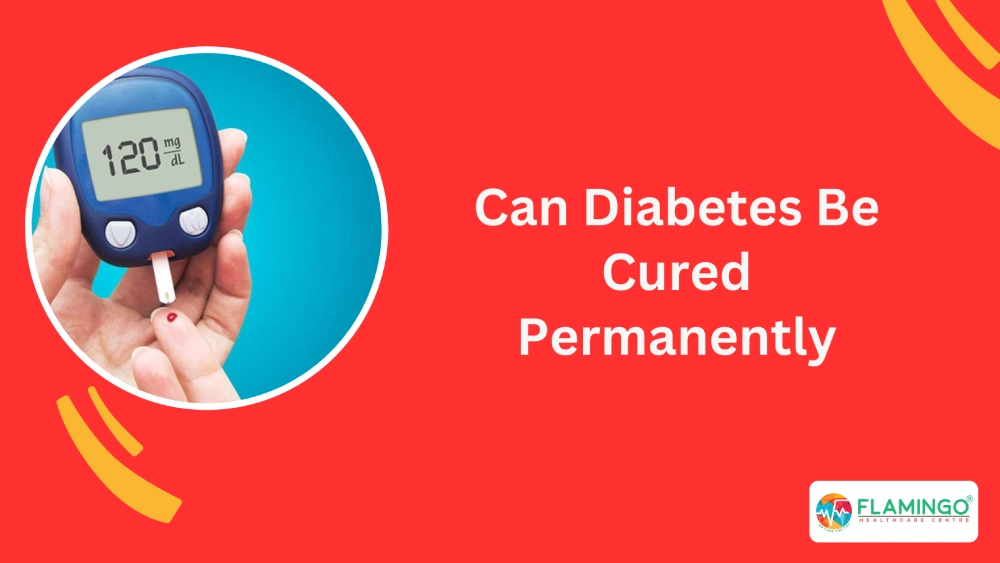Diabetes is a common disease affecting 8.9% of the population. This is due to the over-intake of sugar like tea, coffee, chocolates, junk, and other extra-sweetened drinks. When insulin production stops, the body can’t control the increase in sugar level.
You can get diagnosed easily when you choose to consult the best diabetologist to prevent the risks in your sugar levels. Your doctor will identify your level and start treating you accordingly.
Several steps are involved in the diagnosis process for type 1 diabetes patients. You will get to know the clear explanation from this blog.
How is type 1 diabetes diagnosed?
Type 1 diabetes diagnosis involves the initial clinic assessment, blood tests, and monitoring with regular checkups. Several steps are included in the diagnosis process.
Clinical Assessments
The doctors will analyze your physical health and medical history. They will identify symptoms like increased thirst, frequent urination, fatigue, sudden weight loss, etc., and will confirm whether you have been affected with type 1 diabetes.
Blood tests
The sugar level in your body will be tested through your blood samples; some important tests are,
- Fasting blood sugar test
- Haemoglobin A1C test
- Random blood sugar test
- C – Peptide test
- OGTT
Fasting blood sugar test: A sample of blood will be taken when you are fasting overnight to measure your sugar level. If the sugar level is 126 mg/dL then you will be confirmed with diabetes.
Haemoglobin A1C test: This test will measure your sugar level over the past 2 or 3 months. If the A1C level is 6.5 or higher, you will be confirmed with type 1 diabetes.
Random blood sugar test: This will be taken at any time of the day when you have completed your meal. When your sugar level is 200 mg/dL or higher, you will be confirmed with type 1 diabetes.
C-Peptide test: The amount of C-Peptide is measured in the blood level when the insulin is produced. If the level of C-peptide is low, it means your body does not produce insulin. This indicates that you are affected by diabetes.
OGTT (Oral Glucose Tolerance Test): This test will be taken by taking sugary drinks and you will be tested after 2 hours. If your sugar level is 200 mg/dL or higher, then it indicates diabetes.
Follow-up and monitoring
You should have regular follow-ups with the doctor to know the sugar level. Following that you should maintain your health and lifestyle factors as per the doctor’s advice.
Importance of early diagnosis
Every diabetes patient needs to undergo early treatment to prevent risks in the future. Several benefits can be obtained through early diagnosis,
Manage the future risks
By making an early diagnosis, you will be able to get rid of heart disease, strokes, kidney disease, nerve damage, eye problems, and foot problems. You will be diagnosed before you get into any serious issues.
Improved treatments
When you visit the best diabetologist at the initial stage, you will be treated with better medications and can treat the condition better.
Discovering the red flags
It helps to identify the early symptoms like frequent urination, increased thirst and hunger, fatigue, drowsiness, reduction in weight, and skin darkening will be analyzed and the treatment will be done according to the health conditions.
Educating and support
This helps the family members to learn completely about diabetes, and they will change their lifestyle according to their health condition, which will reduce the maximum risks in the future.
Cost savings
This helps to save your money because when you meet the diabetologist in the beginning stage of your diabetes, you will have a chance to get cured of it in the beginning. So you don’t have to spend more money on your medications and treatments in the future.
How is type 1 diabetes treated?
Type 1 diabetes can be treated by various methods, which should be followed regularly.
Insulin Therapy
Type 1 diabetes patients should take insulin regularly to control their blood sugar levels. The insulin will vary from person to person according to the sugar level present in the body.
Regular blood test
Regular checking of blood levels will help to change the doses of insulin according to the result of your sugar level. You can also use Continuous Glucose Monitoring (CGM) to test your blood level for real-time glucose monitoring and make alerts with it.
Healthy foods
You should prepare a healthy diet chart to have a balanced and healthy diet that helps you control the sugar level in your body.
You can prepare a chart as mentioned below and get confirmation from your healthcare provider.
Carbohydrates | Whole grains, vegetables |
Proteins | Chicken, fish, beans |
Healthy Fats | Nuts, avocados |
Fibre | Fruits, vegetables, whole grains |
Physical exercise
Doing regular exercise will help you reduce stress, strengthen your bones and muscles, and control your sugar level in the body. You can spend 30 minutes to 2 hours for exercise to stay fit and healthy.
Some simple exercises that can be followed in your daily routine are aerobic, resistance exercises, flexibility exercises, and balanced exercises.
Regular monitoring and checkups
Regular checkups will help you to know the level of sugar in your body. And you can change your doses according to your doctor’s advice.
Conclusion
It is not a critical issue if you are diagnosed with type 1 diabetes. You can easily overcome it when you make an early diagnosis, follow all the steps recommended by your diabetic doctor, and maintain a healthy lifestyle.
FAQs
What are the potential complications of type 1 diabetes?
The other complications are kidney disease, eye problems, foot problems, cardio issues, and nerve disease. These are problems you may get when you are affected with type 1 diabetes.
How often should blood level be monitored?
You need to take regular checkups to avoid risks. The test can be done before and after your meals, after doing physical activities or exercise, and overnight.
You can use the tester at your home for regular checkups and mention the readings in the logbook.











